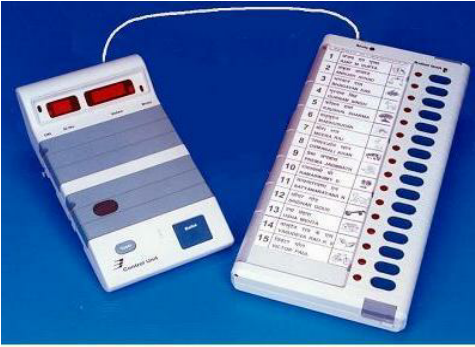The EVMs were first conceived in 1977. Its design was asked to be done by a public-sector undertaking under the Department of Atomic Energy, Electronics Corporation of India Ltd, Hyderabad. A prototype of the same was developed in 1979, which was later demonstrated by the ECI to the political parties.
Electronic Voting Machines (EVMs) were introduced in India with Bharat Electronics Ltd. (BEL) and Electronics Corporation of India Limited (ECIL) manufacturing them. Initially used in the 1982 Kerala Legislative Assembly election, EVMs lacked legal backing and were invalidated by the Supreme Court.
In 1989, an amendment empowered the Election Commission of India (ECI) to use EVMs. EVMs have been used nationwide since the 2004 Lok Sabha Elections. Responding to requests, the ECI explored a Voter-Verifiable Paper Audit Trail (VVPAT) system for transparency.
A prototype was developed in 2011, leading to its approval in 2013. The Central government amended rules to enable VVPAT use with EVMs in 2013, first implemented in a Nagaland bye-election.
A doubt against the reliability of the EVM has always lingered.
Despite Election Commission assurances, accusations of tampering continue. Supreme Court interventions led to guidelines for EVMs and VVPATs, but challenges remain.
Recent petitions sought increased VVPAT counts, prompting Supreme Court hearings.
The Court urged caution but directed the Election Commission to investigate EVM malfunctions.
As voting nears, India maintains current VVPAT verification levels, termed the “Pride of Indian Elections” by the Election Commission.
The EVM system consists of three parts: the ballot unit, the control unit, and VVPAT.
- At the polling station, officers verify your identity, ink your finger, and provide a slip for signing.
- You select your candidate on the EVM, hear a confirmation beep, and can choose NOTA if desired.
- A slip displaying your chosen candidate’s details appears in the VVPAT window for 7 seconds before dropping into the sealed VVPAT box for verification.
Written By:- Shianjany Pradhan (@SHIANJANYPRADHAN)

